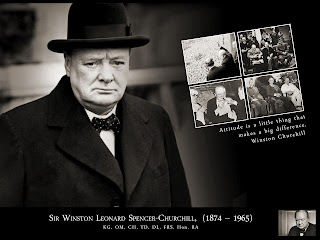
The Celts: Northern Europe Warrior 500 BC – 100 AD
Fighting was an obsession with the Celts, whether in bands against enemy forces or in the brawling combats that erupted incessantly between individual warriors. Drunk on strong beer and lust for glory, the Celts did battle with a fierce exhilaration that seasoned Roman soldiers even found alarming. They were careless of life and limb, often going into battle naked but for a torque or neck ring.
The Roman historians Tacitus describing an attack by the legions on Anglesey, wrote: ‘On the shore stood the opposing army with its dense array of armed warriors, while between the ranks dashed women in black attire like the Furies, with hair disheveled, waving brands.’
Celtic men were tall by Mediterranean standards; the skeleton of warrior discovered near Milan, Italy was 6ft 5in in height. Even the women were large and fearsome brawlers. Boudicca, the rebel queen of the Iceni who died in AD60, was describe as huge of frame, harsh voiced and with a great mass of bright red hair falling to her knees. Ammianus Marcellinus, a Roman author, writes of the Celt being virtually invincible with this wife fighting by his side; ‘stronger than he by far, and with flashing eyes, she…begin to rain blows mingled with kicks like shots discharge by the twisted cords of a catapult.’

Celtic warriors often cut off the heads of their foes and dangled these grim spoils from their belts and saddles, or bore them aloft on spears. Singing in triumph they would carry the heads back to their hill forts and homes, nailing them up as highly revered trophies. In Celtics shrines found at Roquepertuse and Entremont in southern France the skulls of many young men were displayed in specially carved niches.
With such savagery matched by their fighting and riding skills, the Celts presented Rome with a formidable foe. Their weaknesses, though lay in lack of strategy and discipline – and in the weakening effects of their constant feuding.
The Celts: Northern Europe Warrior 500 BC – 100 AD









